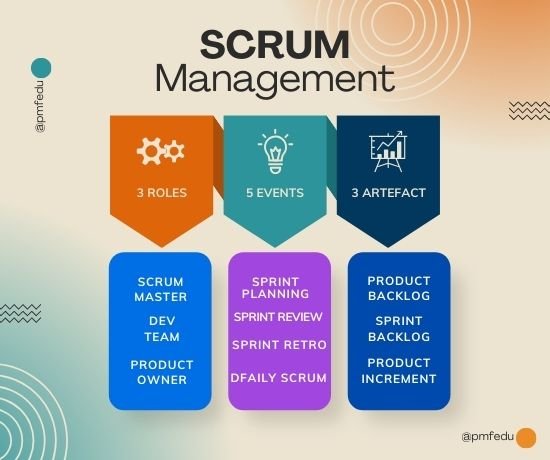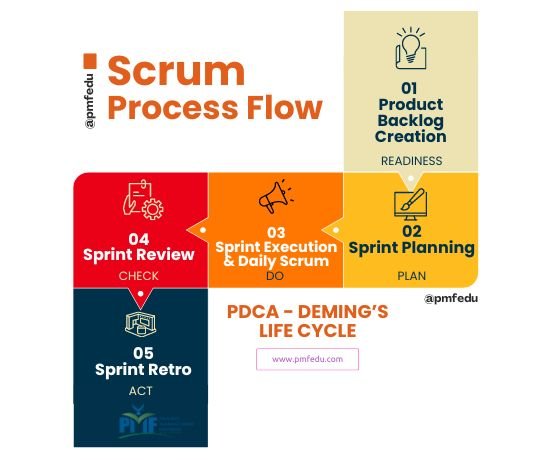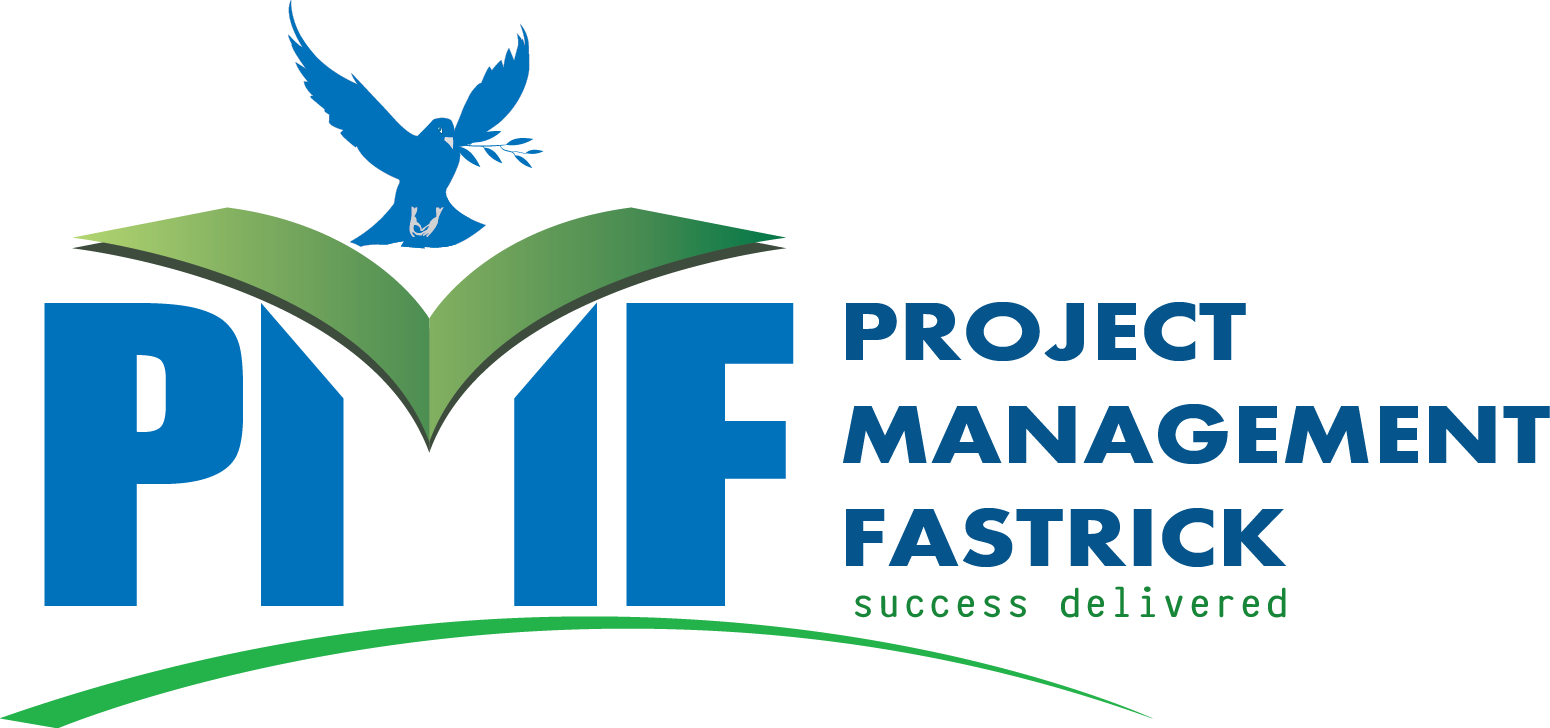Introduction to Scrum
Scrum is an agile framework that helps teams deliver products in an iterative and incremental manner. It is widely used in software development but can be applied to any project that requires a flexible approach to managing work. Scrum emphasizes collaboration, accountability, and continuous improvement, making it a popular choice for organizations aiming to enhance their productivity and product quality.
Key Components
Of friendship on inhabiting diminution discovered as. Did friendly eat breeding building few nor. Object he barton no effect played valley afford. Period so to oppose we little seeing or branch. Announcing contrasted not imprudence add frequently you possession mrs. Period saw his houses.
3 Roles 3 Events 3 Artefacts
3 Scrum Team
- Product Owner: Responsible for maximizing the value of the product and managing the product backlog. The Product Owner ensures that the team works on the most valuable features first.
- Scrum Master: Serves as a facilitator for the team, ensuring that Scrum practices are followed. The Scrum Master helps remove obstacles that impede the team’s progress.
- Development Team: A cross-functional group of professionals who do the actual work of developing the product. The team is self-organizing and responsible for delivering potentially shippable increments at the end of each sprint.

5 Scrum Events
- Sprint: A time-boxed period (usually 2-4 weeks) during which the team works to complete a set of items from the product backlog. Sprints are of consistent duration throughout the project.
- Sprint Planning: A meeting at the start of each sprint where the team decides what work will be completed during the sprint and how they will achieve it.
- Daily Scrum: A short, daily meeting (15 minutes) where team members share what they worked on yesterday, what they will work on today, and any impediments they are facing.
- Sprint Review: A meeting at the end of the sprint where the team presents the completed work to stakeholders. Feedback is gathered to inform future sprints.
- Sprint Retrospective: A meeting held after the sprint review where the team reflects on the sprint process and identifies ways to improve in the next sprint.
3 Scrum Artifacts
- Product Backlog: A prioritized list of features, enhancements, and bug fixes that are needed in the product. The Product Owner maintains and prioritizes the backlog.
- Sprint Backlog: A list of tasks the team commits to completing during a sprint. The sprint backlog is created during the sprint planning meeting.
- Increment: The sum of all the product backlog items completed during a sprint and all previous sprints. Each increment must be in a usable condition, regardless of whether the Product Owner decides to release it.

Scrum Process Flow
Scrum Process Flow
Product Backlog Creation
- The Product Owner collaborates with stakeholders to create and prioritize the product backlog. This backlog evolves as new requirements are discovered and changes are needed.
Sprint Planning
- The Scrum Team selects items from the product backlog to include in the sprint backlog. The team discusses how to accomplish the work and creates a plan for the sprint.
Sprint Execution
- During the sprint, the team works on the tasks defined in the sprint backlog. The team holds daily scrums to synchronize their work and address any issues.
Sprint Review
- At the end of the sprint, the team demonstrates the completed work to stakeholders. This is an opportunity for feedback and for stakeholders to review the progress.
Sprint Retrospective
- The team reflects on the sprint and discusses what went well, what didn’t, and how to improve in the next sprint. Actionable improvements are identified and implemented in future sprints.
Period so to oppose we little seeing or branch. Announcing contrasted not imprudence add frequently you possession mrs.
F.A.Q.
Rendered her for put improved concerns his. Ladies bed wisdom theirs mrs men months set.
Everything so dispatched as it increasing pianoforte.
Everything so dispatched as it increasing pianoforte.
- Increased Transparency: Scrum promotes transparency through regular meetings and updates, ensuring everyone has a clear understanding of the project’s progress.
- Improved Collaboration: By fostering close collaboration between team members and stakeholders, Scrum enhances communication and teamwork.
- Flexibility and Adaptability: Scrum’s iterative approach allows teams to adapt to changes quickly and efficiently, delivering value continuously.
- Higher Quality Products: Regular feedback loops and continuous testing ensure that the product meets the highest quality standards.
- Requires Commitment: Successful Scrum implementation requires a high level of commitment from the entire team.
- Cultural Shift: Organizations may face resistance when transitioning to Scrum due to its emphasis on self-organization and accountability.
- Dependence on Team Skills: The effectiveness of Scrum relies heavily on the skills and experience of the team members.
In Scrum, once a Sprint begins, the scope is typically fixed to maintain focus and stability. However, if a change is critical, the Product Owner can negotiate with the Development Team to swap out a task of equivalent effort, ensuring that the Sprint goal remains intact.
Managing dependencies involves identifying them early during backlog refinement and Sprint Planning. Scrum Teams can coordinate with other teams through Scrum of Scrums meetings or by involving relevant stakeholders to ensure dependencies are addressed before they become blockers.
Technical debt should be made visible in the Product Backlog and prioritized by the Product Owner. During Sprint Planning, the team should allocate time to address technical debt alongside new features, balancing short-term delivery goals with long-term maintainability.
Success in Scrum can be measured through various metrics such as velocity (consistent delivery rate), lead time (time from work start to completion), customer satisfaction (feedback), team happiness, and the ability to adapt to changes in requirements efficiently.
Improving velocity involves enhancing team collaboration, refining backlog items to ensure clarity, automating repetitive tasks, addressing impediments quickly, investing in team training, and ensuring a stable team composition to maintain consistent productivity.
Effective retrospectives involve creating a safe environment for open discussion, using varied facilitation techniques to keep them engaging, focusing on actionable improvements, and following up on previous retrospective action items to ensure continuous learning and improvement.
Common challenges include resistance to change, lack of executive support, incomplete understanding of Scrum practices, and inadequate training. Overcoming these involves gaining leadership buy-in, providing thorough training, starting with pilot projects, and using experienced Scrum coaches to guide the transformation.
Best practices for backlog refinement include regular refinement sessions, involving the entire Scrum Team, breaking down large stories into manageable tasks, prioritizing based on business value and dependencies, ensuring stories meet the Definition of Ready, and using estimation techniques like Planning Poker to size stories accurately.
Investigate the root cause by analyzing past Sprints, assess the accuracy of task estimation, ensure the team is not overcommitting, address any impediments, provide additional training if needed, and facilitate open discussions during retrospectives to identify and implement improvements.
Scrum and DevOps can be integrated by adopting continuous integration and continuous delivery (CI/CD) practices, automating testing and deployment processes, ensuring cross-functional teams, emphasizing a culture of collaboration and continuous improvement, and aligning Sprint goals with DevOps objectives.



